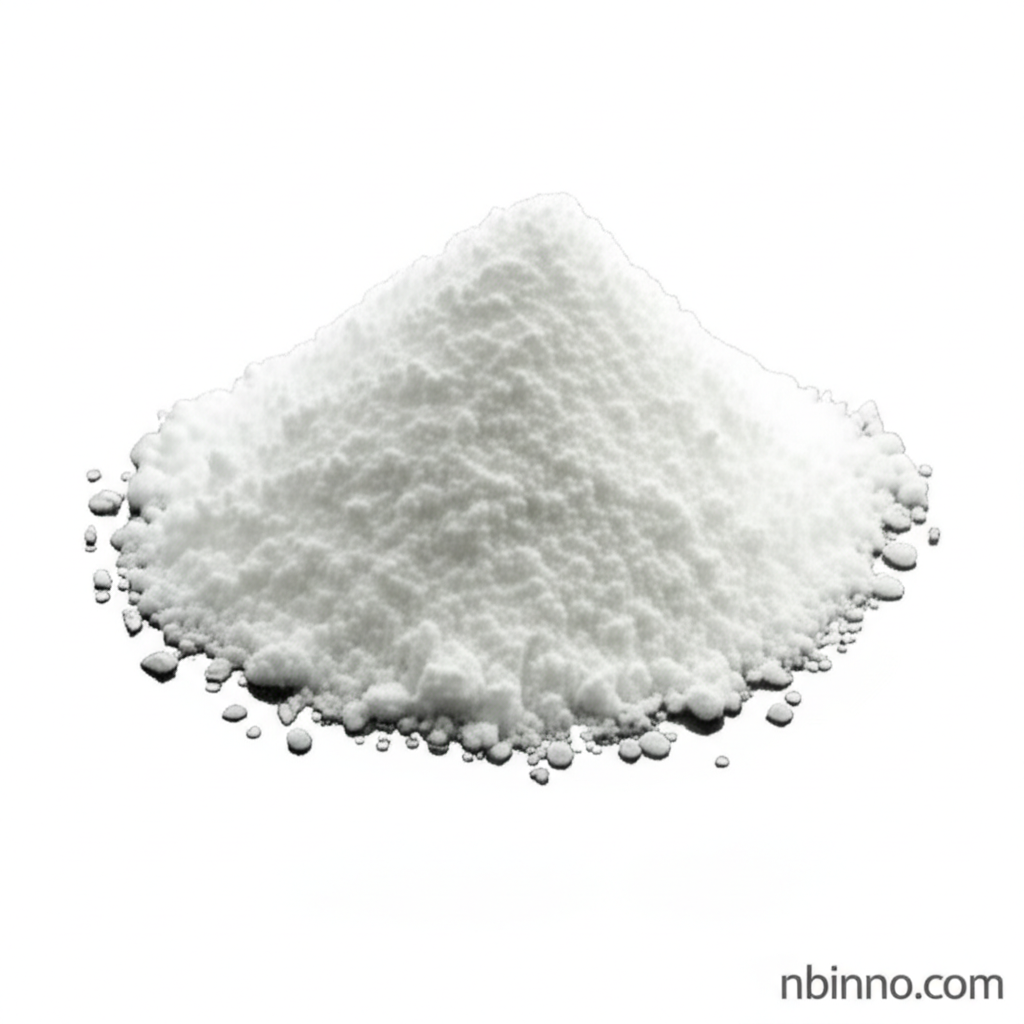Cefoxitin Sodium: A Comprehensive Guide to its Properties, Applications, and Benefits
Explore the critical role of Cefoxitin Sodium in combating bacterial infections and enhancing surgical outcomes.
Get a Quote & SampleProduct Core Value

Cefoxitin Sodium
Cefoxitin Sodium is a potent second-generation cephalosporin antibiotic, classified as a cephamycin, renowned for its efficacy in treating a wide spectrum of bacterial infections. Its bactericidal action disrupts bacterial cell wall synthesis by inhibiting penicillin-binding proteins (PBPs), making it a cornerstone in combating both Gram-positive and Gram-negative pathogens, including many anaerobic bacteria.
- Discover the critical uses of cefoxitin sodium in treating serious respiratory, genitourinary, gynecologic, skin, soft-tissue, bone, joint, blood, and intra-abdominal infections.
- Understand the mechanism of action of cefoxitin sodium, which involves interfering with bacterial cell wall synthesis, thereby leading to bacterial death.
- Learn about the side effects of cefoxitin sodium, including common gastrointestinal issues and less frequent but serious reactions like severe allergic responses.
- Explore cefoxitin sodium drug interactions, emphasizing the importance of informing healthcare providers about all concurrent medications to ensure safe and effective treatment.
Key Advantages
Broad-Spectrum Efficacy
Cefoxitin Sodium demonstrates significant activity against a wide array of Gram-positive and Gram-negative bacteria, making it a versatile choice for various infections.
Resistance to Beta-Lactamases
Its inherent resistance to beta-lactamases provides enhanced efficacy against bacteria that have developed defense mechanisms against other antibiotics.
Surgical Prophylaxis
As a crucial component of antibiotic prophylaxis for surgery, Cefoxitin Sodium helps to significantly reduce the incidence of surgical site infections, ensuring better patient outcomes.
Key Applications
Bacterial Infection Treatment
Utilized to treat serious bacterial infections across multiple body systems, highlighting its importance in clinical practice.
Surgical Site Infection Prevention
Administered pre- and post-operatively to prevent infections, a critical aspect of patient safety in surgical procedures.
Management of Anaerobic Infections
Particularly effective against anaerobic bacteria, broadening its therapeutic scope in mixed or specific anaerobic infections.
Prophylaxis in Specific Surgeries
Recommended for procedures such as colorectal surgery and hysterectomy to minimize post-operative complications related to infection.
